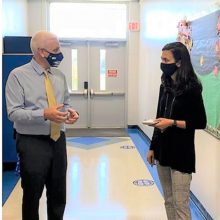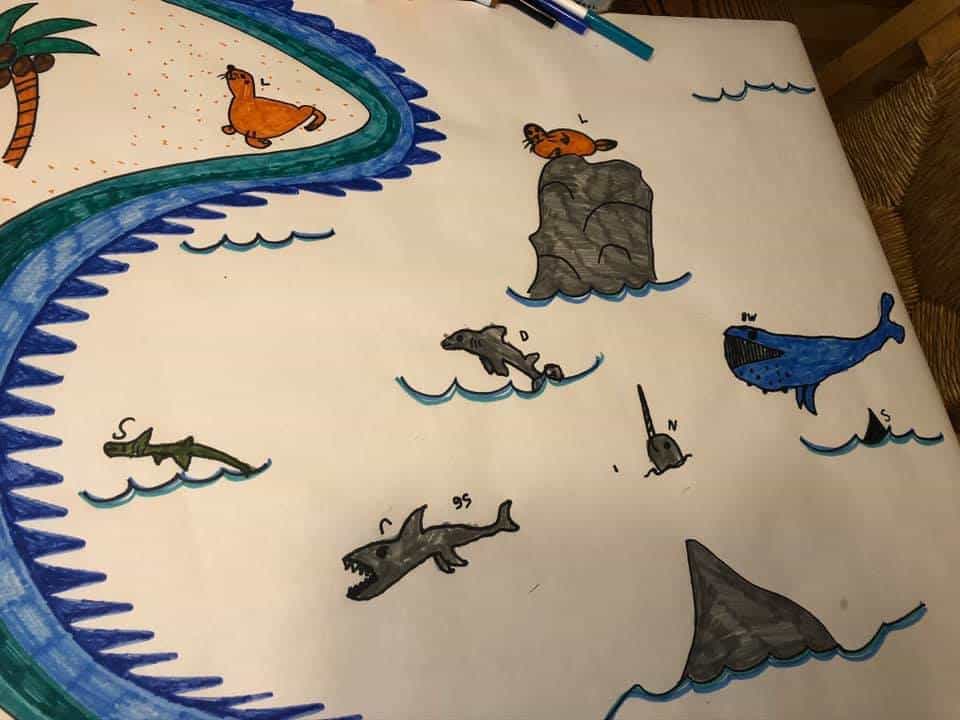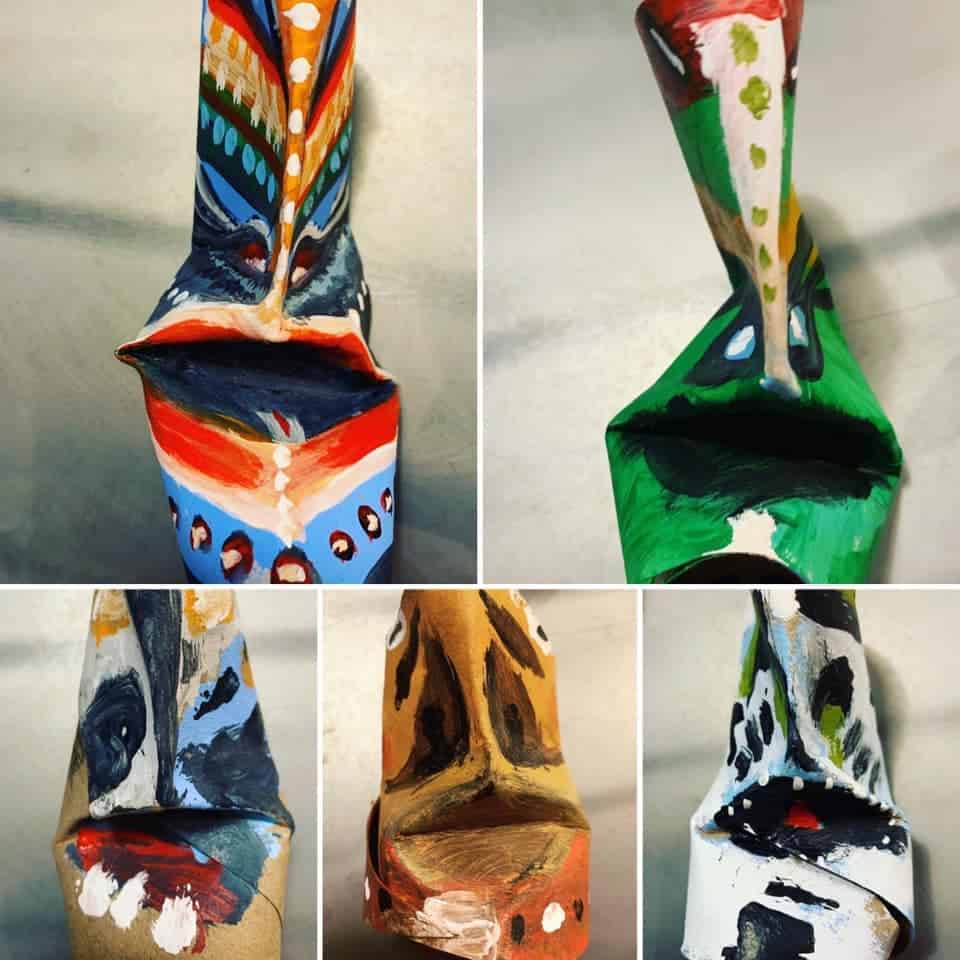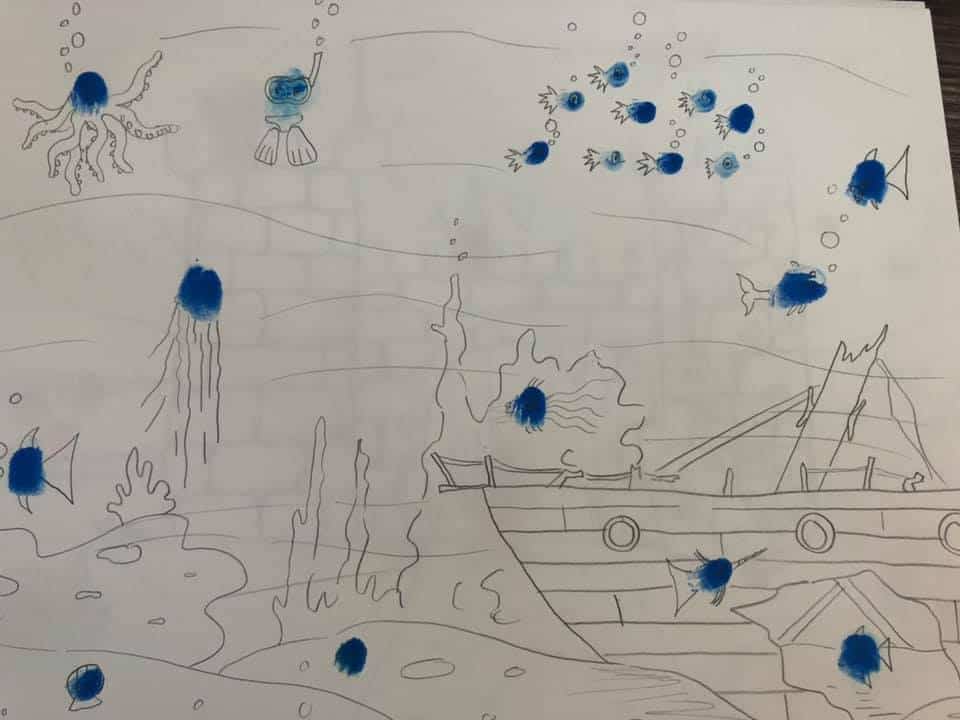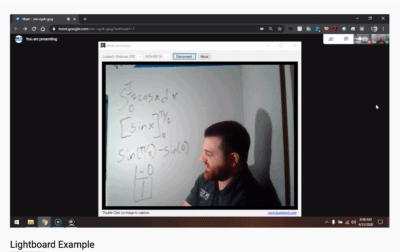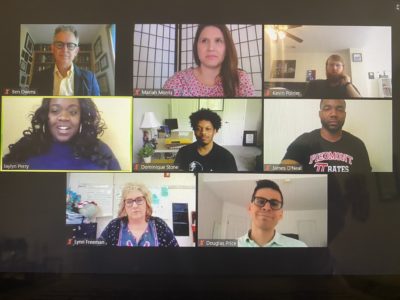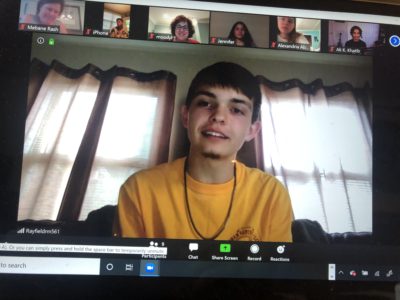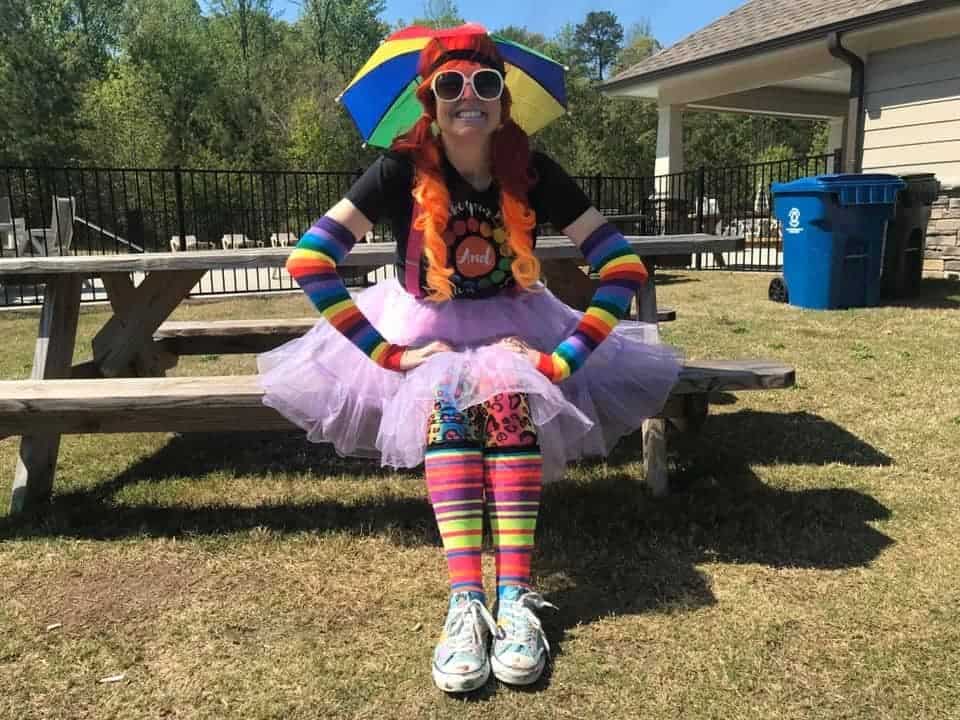

Deborah Cox, a veteran art teacher at Carrboro Elementary, says her “first and foremost love is the kids” – and the second, as you might have guessed, is art. But when COVID-19 forced school buildings to close, Cox lost cherished face-to-face connections with her roughly 500 students. So she decided to start a kid-appropriate YouTube channel and Facebook page to continue connecting with them during remote learning.
Her videos started out fairly simple. The first few were five-minute lessons based around materials students might have easy access to at home, like paper bowl jellyfish and toilet paper roll monsters. But from there, the videos grew in both substance and length – the latest is an hour and 15 minute lesson on fairy tale art.
To create a video lesson, Cox first comes up with a concept based off the art project she wants to teach or a theme she wants to focus on. Then, she plans out the various parts of the video. Each lesson includes a book that she reads aloud to students, a portion on art history or a technical portion on art supplies, and a theater-based introduction. Cox also runs a theater program at her school and weaves her passion for acting into each video.
In the case of this lesson, Cox knew she wanted to focus on ocean art projects and then added in the element of pirates. The video begins with a talking parrot who tells students that the lesson will focus on landscapes, portraits, and still lifes. After defining each of those terms and showing a few examples, Cox reads a pirate-themed book called Henry and the Buccaneer Bunnies. Then, Cox and her family members act out a a pirate-themed skit, followed by a cooking segment where Cox makes a healthy snack called “Walk the Plank Pirate Booty.”
In the second half of the video, Cox walks her students through multiple ocean art projects, including folding paper fish, stain glass coffee filter fish, and jellyfish zentangle. Along the way, she encourages students to be creative and personalize their artwork to their own preferences.
Cox knows that some of her students are just watching the videos, while others are able to complete every single art project, so she designs the lessons with the entire spectrum of her students’ needs in mind. They are appropriate for all ages, so that if a kindergartner and their middle school sibling both sit down to watch a lesson, they’ll be engaged and take something away from it.
Cox believes the arts are even more important in times of crisis like a pandemic because they provide an outlet for students to have their voices heard.
“I’ve been making a lot of my lessons be very fun or colorful, because I don’t want them to feel too heavy for them right now,” she said. “I want it to be a moment of levity, a moment of just – I am a kid, and I can create, and I can create to whatever level I’m comfortable. It’s okay to make mistakes.”
With the complexity of Cox’s videos, it’s hard to believe that her classroom doesn’t have a Smartboard or iPads or much technology at all – and that’s by her own choosing. She wants her students to immerse themselves in the messy, hands-on nature of art. But COVID-19 meant she had to adjust how to deliver that instruction.
Using a video editing software called WeVideo, Cox taught herself to layer videos on top of one another, fade in and fade out from a scene, incorporate stop-motion photography, and more. In many of her videos, Cox appears to make quick costume changes by simply spinning around a few times.
But with all the technology available to teachers during remote learning, Cox said it’s important to find what works best for you and run with it. Her number one piece of advice for engaging students during remote learning is to go with your strength. Cox said she’s a colorful person with a background in theater, so her videos reflect that.
“I think if we try to totally reinvent who we are, it won’t connect with the kids as much. It just has to be an extension of who we already were,” she said.
Reflecting on the last few months, Cox said that her teaching will be forever changed. Rather than leaving a paper plan for the substitute teacher, she’ll always leave a video so that her students can still see her and engage with her even when she’s not at school. Having that face time with students – even if it’s virtual – is the reason Cox started making videos in the first place.
“I think I have really good relationships with my students, and so I really wanted them to see somebody they see every day,” she said.
